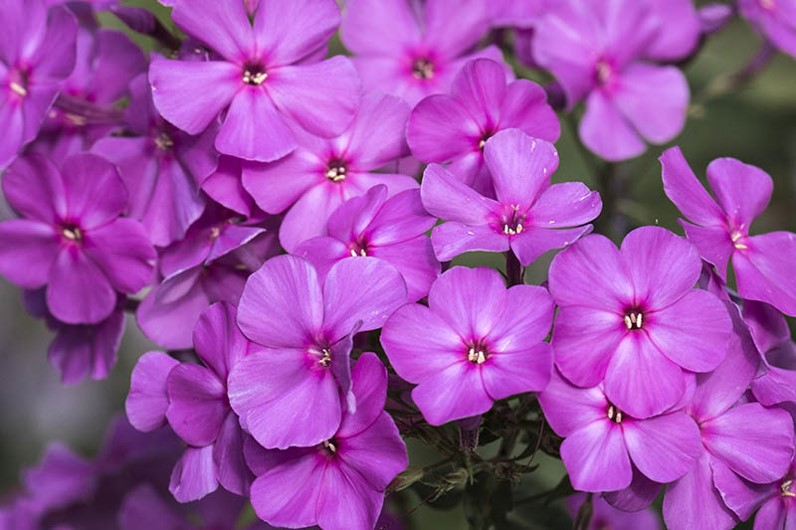Dame’s rocket is biologically known as Hesperis matronalis. This is a fragrant and edible plant category that belongs to the plant of the Brassicaceae family such as broccoli, arugula, and mustard. Dame’s rocket is native to Asian countries as well as European countries. Dame’s rocket was originally transmitted as an interesting ornament plant to the United States.

Dame’s rocket comes in a variety of species for colors. Rather than some other garden flowers, Dame’s rocket widely spread all around the garden cross over borders as well as surroundings over meadows and woodlands.
However it is, Unfortunately, this is a harmful plant for the natural ecosystem. It grows aggressively and competes with all the other native plants. Therefore, in some countries planting Dame’s rocket is against their regional law. To the category, it includes Connecticut, Colorado, New Hampshire, Wisconsin, and Massachusetts.
If you are in the US, before going to plant them in your gardening, as necessarily you have to consult the local agricultural extension. Otherwise, sometimes you may break the law of the country.
About Dame’s rocket
- matronalis – Hesperis matronalis or Dame’s rocket known as “mother-of-the-evening”. There are lots of other names as well. Those are, damask violet, gillyflower, dame’s violet, or used a generic popular name that uses for fragrant flowers. It definitely similar to that native Phlox paniculata, and garden phlox. But there are only countable petals amounts.
- matronalis flower has four petals. Phlox flower varieties have five petals. In addition, those dame’s rocket flowers have alternate leaves along with the stem. But phlox leaves completely different from that pattern. Those leaves are arranged according to the opposite way each other.
Propagation
matronalis – Dame’s rocket easily grows and spread through seeds naturally. However, in order to reproduce a supported hybrid crop, it is essential to divide or cut the stem from the mother plant and then make a clone. The reason for that is those hybrid types do not have the ability o reproduce using the seed.
From seeds
Directly sow those Dame’s rocket seeds outdoors. You can do it after the last spring, at any time. It should be before, the frost date, and nearly up to seven-eight weeks for the average of the fall of the first frost date.
Scatter those seeds on to the top of moisturized – composted soil. Do not cover them because they require enough light for the process of germinating.
Stem cuttings
Use soft tip stem parts cuttings for new growth. According to gardeners, they said that this is a challenge as plants are very well growing from seeds. If you use a hybrid variety for growing then rather than seeds, this is the most successful method.
The stem should be four-six inches and then it should dip into a hormone powder before place in the soil. This allows well rooting. You can place the stems in a water pot until tiny roots grow. Then you can transplant it.
Division
Dividing plants are easily possible. Do not think of it as sensible.
Grow Dame’s rocket
Select a supported location. It should be covered with full sun and support part shade as well. While selecting the soil, it should be in average quality. There must be good drainage and the pH balance should be equal to 6.0 to 7.5. Dig your beds about 10-12 inches before sow seeds. Compost the land to improve the soil condition then provide necessary drainage as required.
Press two-three seeds onto one pit. Keep 12 inches to 24 inches for intervals. Maintain the moisture of the period of germination( Not going to oversaturate the soil). Provide water nearly inch per week
You can easily plant several types of Dame’s rocket plants in your garden. Try some of then in indoor pots as well. This will give additional beauty to your garden. So try a few seeds or good quality stem.
Best growing tips
- Select the period of time after the days of the last spring- The frost date and eight weeks before the frost fall date.
- Press seeds
- Do not cover them
- Direct sunlight is better condition
- Enough light for germinating.
- To replicate selected hybrid plant types, use the stem cutting method